Mold is an unsightly but very common issue in New Jersey homes. Although it’s a common issue, it’s important to tackle it early because it can cause health problems, as well as damaging the surfaces where it is present.
As it grows, mold releases tiny spores into the air, that you and your family could inhale. Inhaling these spores can lead to allergy-like symptoms such as itchy eyes, runny nose, and sneezing. Mold can also trigger asthma attacks in people who already suffer with asthma.
While mold can sometimes form noticeable spores on walls and soft furnishings, it isn’t always obvious when you have a mold problem. Mold often likes to hide out of sight. It might be lurking under your carpets or in dark and disused corners of your basement.
Three common types of household mold are:
Black Mold (Stachybotrys):
This kind of mold grows most commonly in wood, drywall, and cardboard. It’s a toxigenic mold, which means it’s one of the more dangerous kinds of mold that can cause health issues. Breathing in Stachynotrys spores can cause difficulty breathing, headache, fatigue, coughing, nose bleeds, and fever.
It’s known as black mold because of its black or dark green color, and it usually begins as small spots that grow larger over time.
Alternaria:
This quick-spreading mold is often found in bathrooms , under sinks and along the base of tubs and showers. It has a brown, velvety appearance, Can cause asthma-like symptoms in the upper respiratory tract. It is frequently found in showers and tubs, beneath leaky sinks, and in homes that have suffered water damage. It has a velvety texture with dark green or brown hairs.
Serpula Lacrymans:
This yellow mold is also known as dry rot. Left untreated, it will decay the wood. It’s very common in older wooden structures. Serpula lacrymans secretes enzymes that decompose the wood, breaking it down so that it can feed on it.
Getting rid of this kind of mold is difficult, so preventing it by keeping your home as dry and inhospitable to the mold as possible is the best course of action.
Mold Remediation
Areas of your home that are damp are the most likely breeding ground for mold. Bathrooms, kitchens, and basements are common areas that you will find mold in your home.
Mold needs removing properly to prevent it from growing again. It can still survive even after bleaching, so always use products designed to eradicate it. Follow the instructions exactly and ensure the area is well ventilated.
Dehumidifiers can help prevent mold from growing or spreading, but once it’s already taken hold in an area it’s notoriously difficult to remove. Even when you can’t see it, mold can still be there,
To tackle it effectively, our best course of action is to bring in the professionals for mold remediation.
Whether you need a full basement waterproofing solution or mold remediation, Affordable Waterproofing has over 30 years’ experience delivering these services to homes in the New Jersey area.

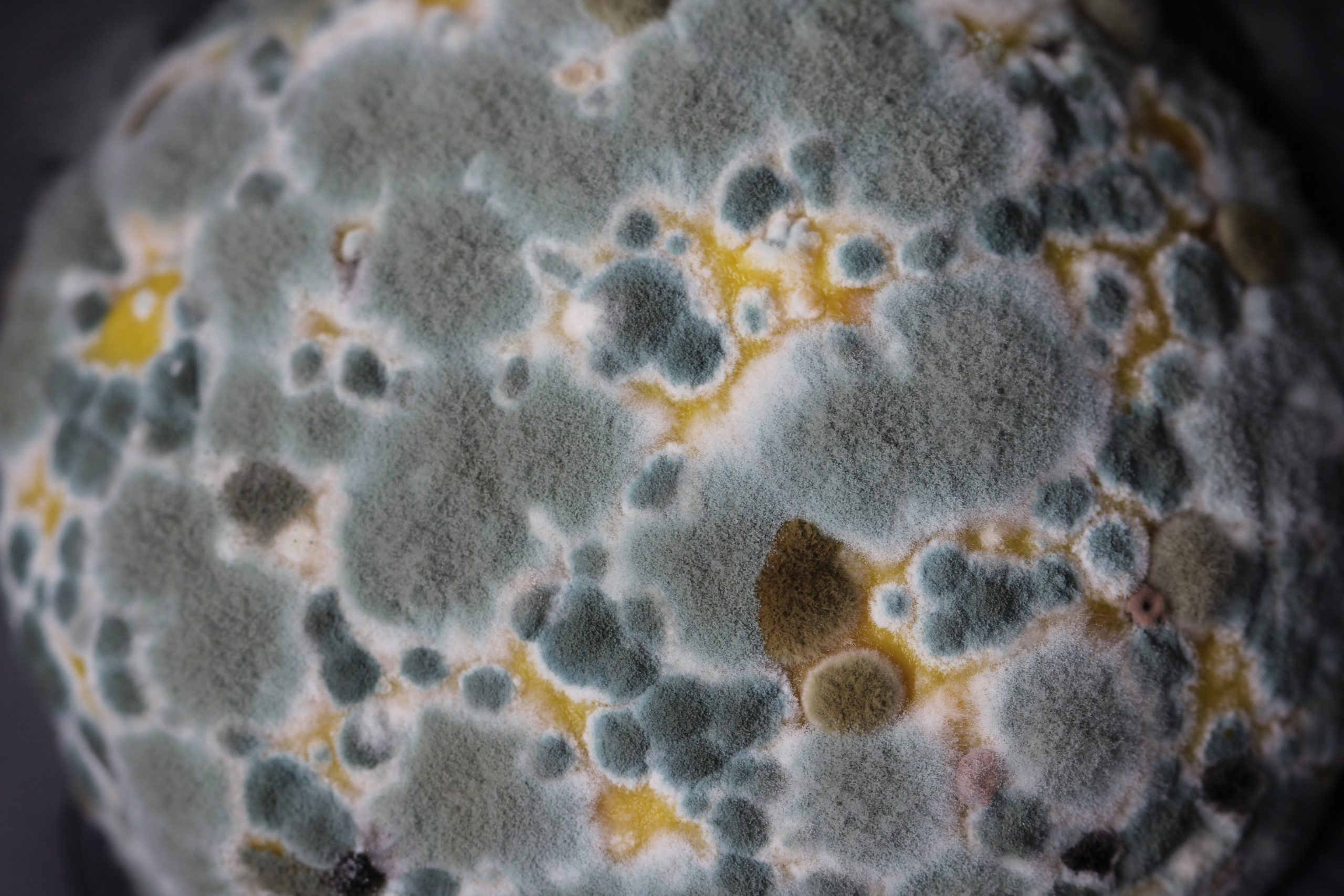
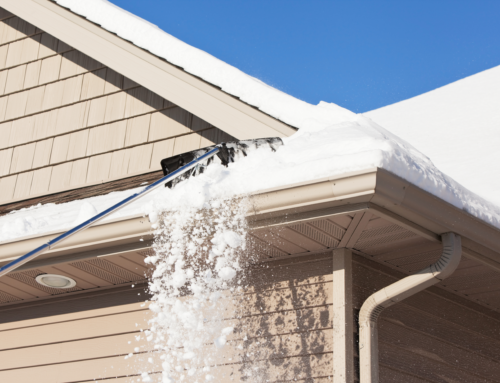
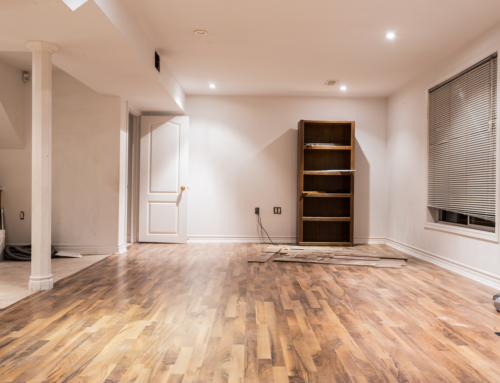
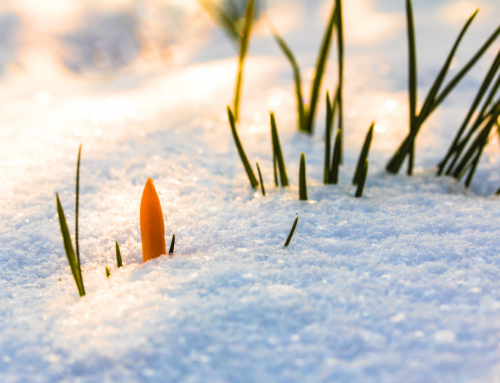
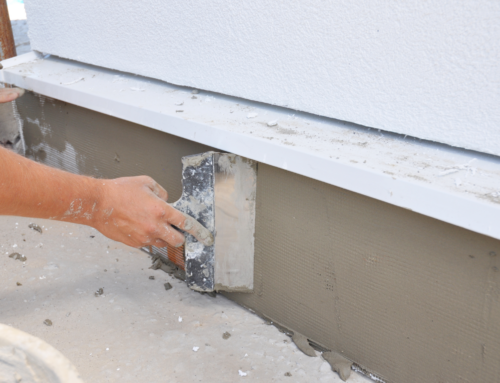
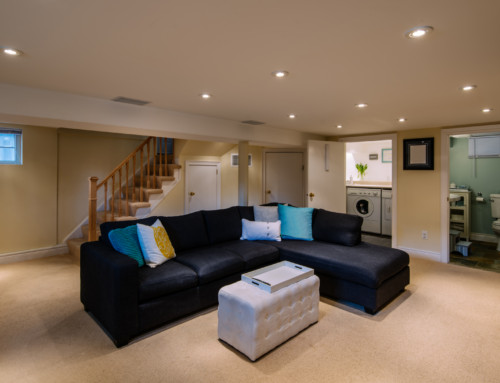
Leave A Comment